Germany as we know it today did not exist in the Versailles Century (1682-1789). The second German Empire (1871-1918), which brought the various German states together into the single national structure that we now call Germany, did not come into being until many decades after the final departure of Louis XVI and his family from Versailles in October, 1789.
In the Versailles Century, Germany was more a geographical region than a country. It was part of the Holy Roman Empire, which also included the territory of the countries that we now know as Belgium, the Czech Republic, Slovakia, and Slovenia, as well as parts of present day France, Italy, and Poland.
Here is a map of the Empire in 1789:
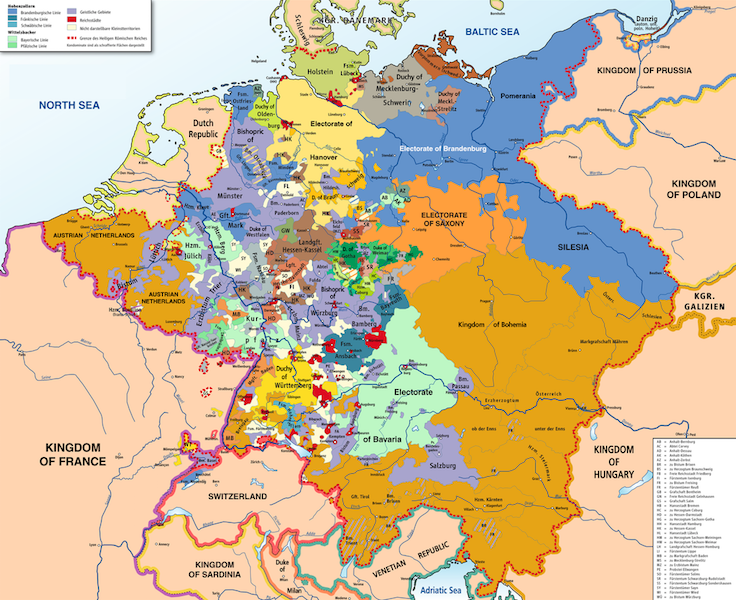
The Holy Roman Empire in 1789. Credit: Wikipedia.
By this time, the Emperor had little authority outside his own hereditary territories. As Voltaire quipped, the Holy Roman Empire was neither holy, nor Roman, nor even a real empire.
Germany in the 18th century, as you see in the centre of the above map, was an intricate patchwork of small states, some so tiny that they were no more than estates of a few square miles. While in theory vassals to the Holy Roman Emperor, the individual states had effectively been autonomous since the end of the Thirty Years’ War in 1648. From that time forward, the larger entities, such as Bavaria and Brandenburg, essentially conducted themselves as independent states, pursuing foreign policies without reference to the Emperor.
Now, who was the Emperor? He was in fact an elected monarch. In principle, any Christian prince could put himself forward as a candidate. In practice, the Austrian Habsburgs — with one brief interregnum to be discussed below — had monopolized the imperial throne for 400 years. Originally, there were 7 electors, but by the end of the 17th century, there were 9. Three of them were ecclesiastical princes, namely the Prince-Archbishops of Trier, Mainz, and Cologne. These prelates held both temporal and spiritual authority in their states. The other 6 electors were secular princes: the Duke of Bavaria, the King of Bohemia, the Margrave of Brandenburg, the Duke of Brunswick-Lüneburg (Hanover), the Count Palatine of the Rhine, and the Duke of Saxony. Regardless of their formal title, all these princes were generally referred to by the title ‘Elector’ (German: Kurfürst), as in the ‘Elector of Bavaria.’ All but the King of Bohemia, that is. The Habsburgs held the crown of Bohemia by hereditary right, so the Emperor was usually also the King of Bohemia. This of course meant that the Habsburg candidate for the imperial crown could always vote for himself, which was one of the ways that the House of Austria held on to the imperial crown for generation after generation.
By the early 18th century, the Electors had aggrandized themselves to such an extent that a number of them were able to acquire kingdoms outside the Empire. The first to do so was the Elector of Saxony. The Elector Frederick Augustus succeeded in getting himself elected King of Poland in 1696, a feat repeated by his son in 1733. Next, the Elector of Brandenburg promoted himself from Duke to King of Prussia, another of his hereditary territories, in 1701. He got away with it because Prussia was in what is now Poland, and was therefore technically outside the Empire. The Emperor’s objections to this move were overcome by the loan of Prussian troops for the War of the Spanish Succession, which the Habsburgs were then waging against the Bourbons. In 1714, the Elector of Hanover famously inherited the British crown through his Stuart grandmother and became George I of Great Britain and Ireland, thus founding the House of Hanover, which still holds the British crown, albeit under a different name. Ultimately, the Elector Charles Albert of Bavaria felt strong enough to challenge the Habsburgs for the imperial crown. He put himself forward as a candidate on the death of the Emperor Charles VI in 1740 and managed to get himself elected Charles VII in preference to the late emperor’s son-in-law. His triumph was brief. The Austrians occupied Bavaria and the newly minted ‘Emperor’ was reduced to living in an inn in Nuremberg. When he died in 1745, the imperial crown went back to the Habsburgs for good. The consequence of all this for Germany was that wars were frequent as these potentates jockeyed for power and status.
It also meant that Germany became the royal marriage market of Europe. Because some of the German states were Catholic, generally in the south, and some were Protestant, generally in the north, and because there were so many dynasties — aside from the 6 secular electorates, there were also dozens of duchies, margraviates, landgraviates, principalities, etc., each with its own ruling family — a king of either religion who was in need of a bride could always find an eligible princess in Germany. Consequently, German girls were dispatched to preside over courts from Madrid to Moscow (Protestant princesses didn’t seem to mind converting to Orthodoxy; Catholic ones rarely converted). At Versailles itself, for instance, Marie-Josèphe of Saxony married Louis XV’s son and gave birth to the last three kings of France: Louis XVI, Louis XVIII, and Charles X.
The profusion of German states, some 360 of them by the mid-18th century, generated a vast of amount of building, too. Today we find baroque, rococo, and neo-classical palaces and châteaux scattered across the length and breadth of Germany, even in quite small towns. Such was the glamour of Versailles that every princeling wanted to have his own version of it. Frederick the Great’s sister, Wilhelmine, for example, almost bankrupted her husband’s little state of Bayreuth with her extravagant building projects. On the upside, the more intelligent princes also sponsored civic and educational building projects. That is why you also find opera houses and universities in quite small towns. Wilhelmine of Bayreuth, again, was behind the construction of the original Bayreuth opera house and the founding of the University of Erlangen. Some of the small German capitals became veritable cultural hotbeds. Think of Weimar under Goethe’s patrons, the Dukes of Saxony-Weimar, for instance.
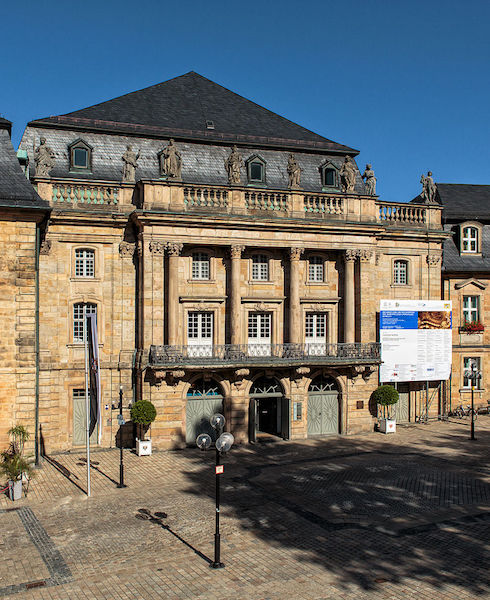
The Margravial Opera House in Bayreuth, built between 1744 and 1748. Credit: Wikipedia.
Here at Versailles Century, I’m going to be writing about various German states. Those of you who’ve read the early posts on the blog will know that I have a special interest in Frederick the Great, but the other German rulers of the time interest me, too. If you’d like to request a post about a specific state or ruler, please let me know in the comments below, on the VC Facebook page, or in the VC gallery on Instagram.







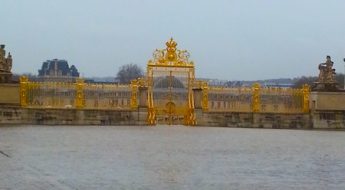
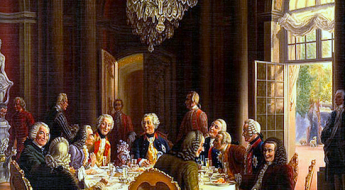
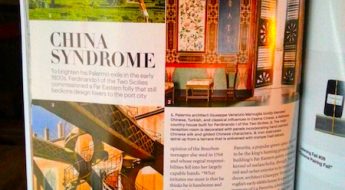








Leave a Comment